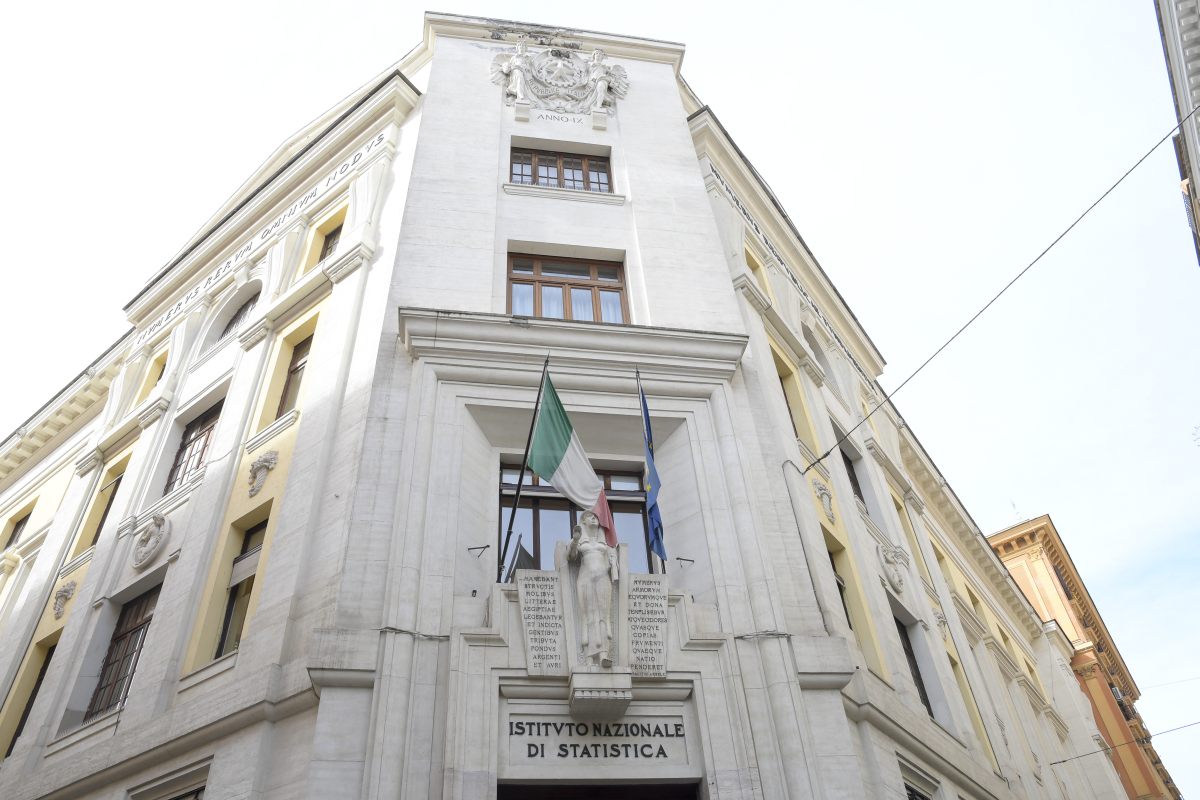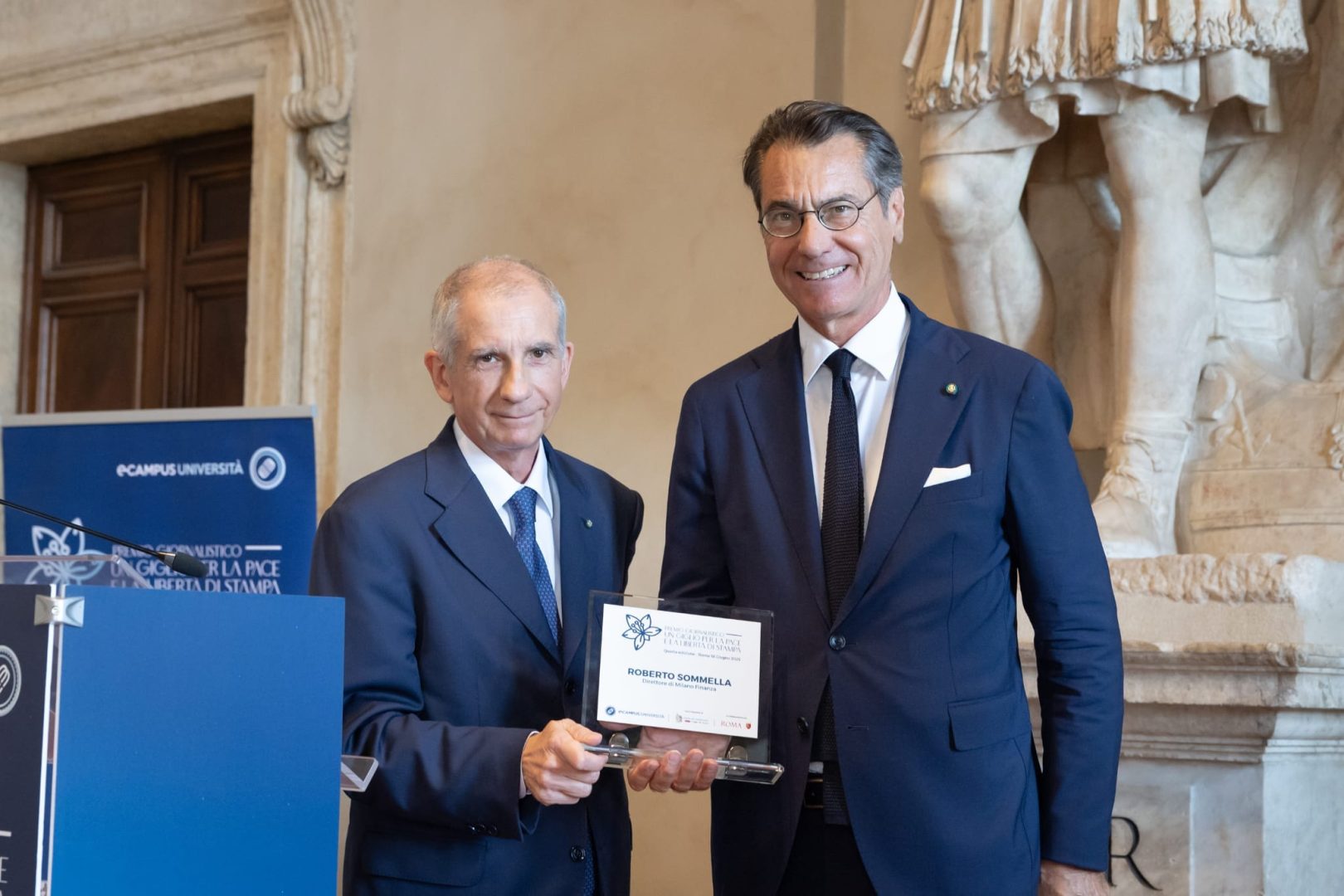ROMA (ITALPRESS) – “We call for the cutting of the two percentage points of the second Irpef rate to “coinvolve little more than 14 million taxpayers with an annual benefit of approximately 230 euros. Recipient families will be around 11 million, or 44% of residents.” Thus Francesco Maria Chelli, President Istat, in audition at the Joint Committees Budget of Senate and Chamber.
“The growth acquired for 2025 – the annual growth that would be achieved in the presence of a conjunctural change nothing in the last quarter of the year – is 0.5% – according to the preliminary estimate spread on 30 October, in the third quarter of the year the Italian economy remained stationary in terms of economic activity, after the slight contraction of the GDP in the second – remembers – the increase on a curtain basis is equal to two-4% GDP is a synthesis of a conjunctural increase in value added in the agriculture, forestry and fisheries sector, a decrease in industry and service stability. Preliminary estimates also show the negative contribution of domestic demand (to gross of stocks) to which the positive contribution of the net foreign component would be countered”.
With regard to the reduction of two percentage points of the second Irpef rate, “it emerges as more than 85% of the resources are destined to the families of the richest five of the income distribution: more than 90% of the families of the fifth richer and more than two thirds of those of the penultimate fifth are concerned. The average earnings range from 102 euros for families of the first fifth to 411 of the last families. For all income classes the benefit entails a change of less than 1% on family income.”.
“It is estimated that the audience of the new mother bonus” of 40 euro monthly introduced for the year 2025 and increased to 60 euro monthly, “it is composed of about 865 thousand workers, a quarter of the workers with children (3,5 million). Assuming a 100% membership rate, the average individual annual benefit will be almost 660 euros (60 euros monthly multiplied by the number of months worked), for a total cost of about 570 million”, added Chelli.
“In 2024 9.9% of people declared that they had given up treatment for problems related to waiting lists, economic difficulties or the inconvenience of health structures: 5.8 million individuals, compared with 4.5 million in the previous year (7.6%). “The renunciation due to long waiting lists is the main motivation, indicated by 6.8% of the population, and is also the component that has recorded the increase greater in recent years: it was 4.5% in 2023 and 2.8% in 2019. In 2024 the problem affected 6.9% of residents in the North, 7.3% in the Center and 6.3% in the Mezzogiorno; compared to five years ago the values were much higher: in 2019 the share was 2.3% in the North, 3.3% at the Center and 3.1% in the Mezzogiorno”, he added.
-Photo IPA Agency-
(ITALPRESS).






